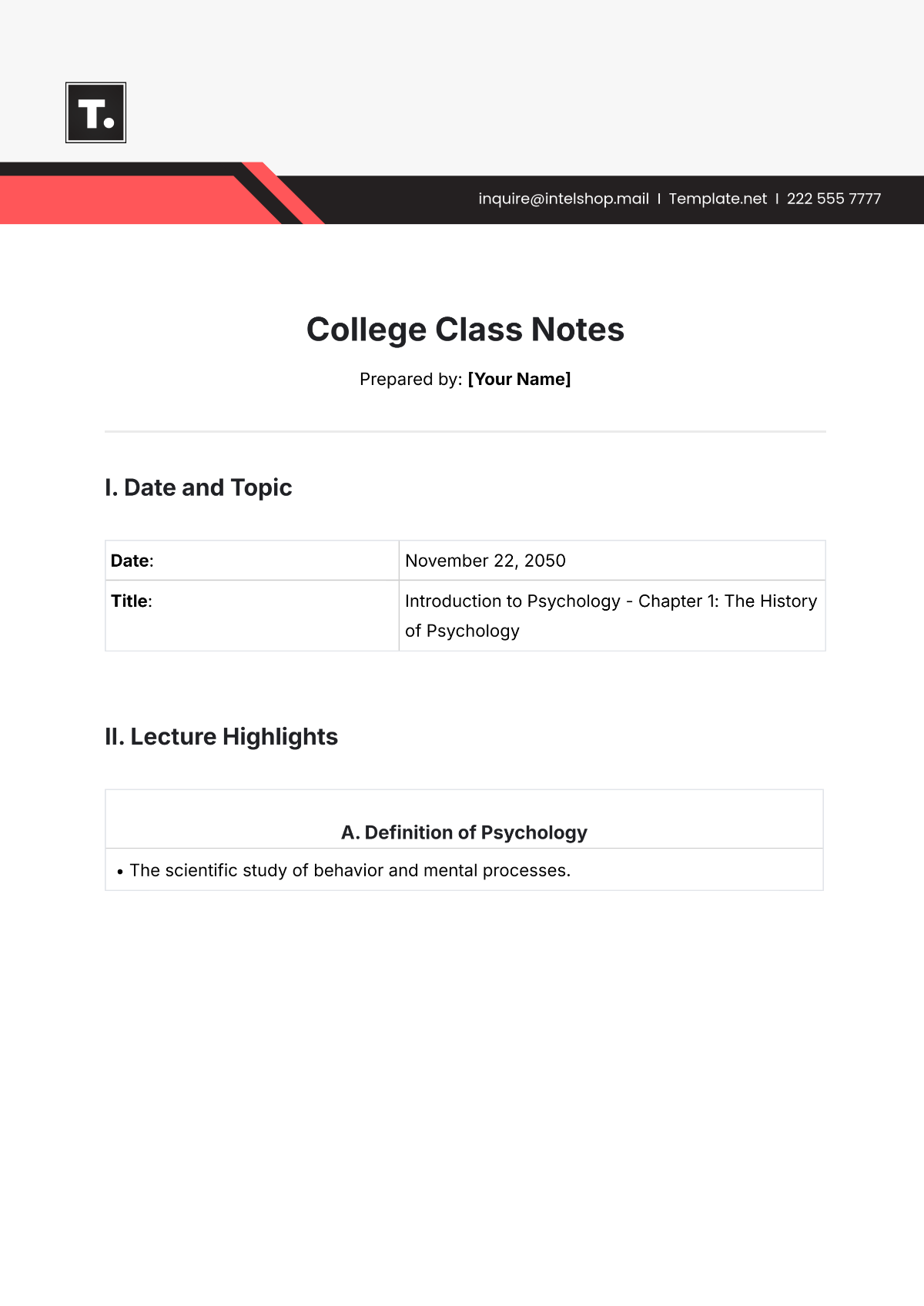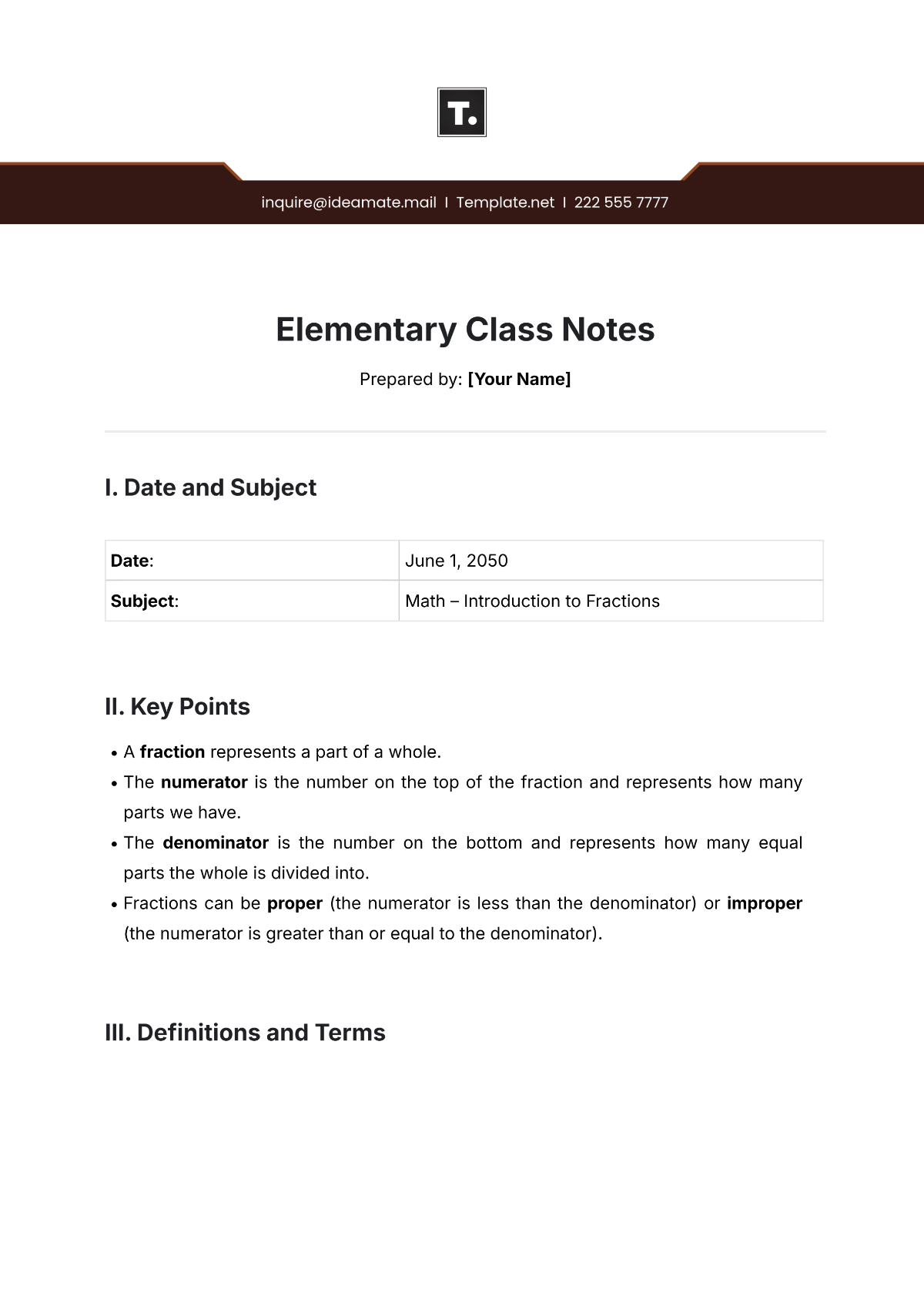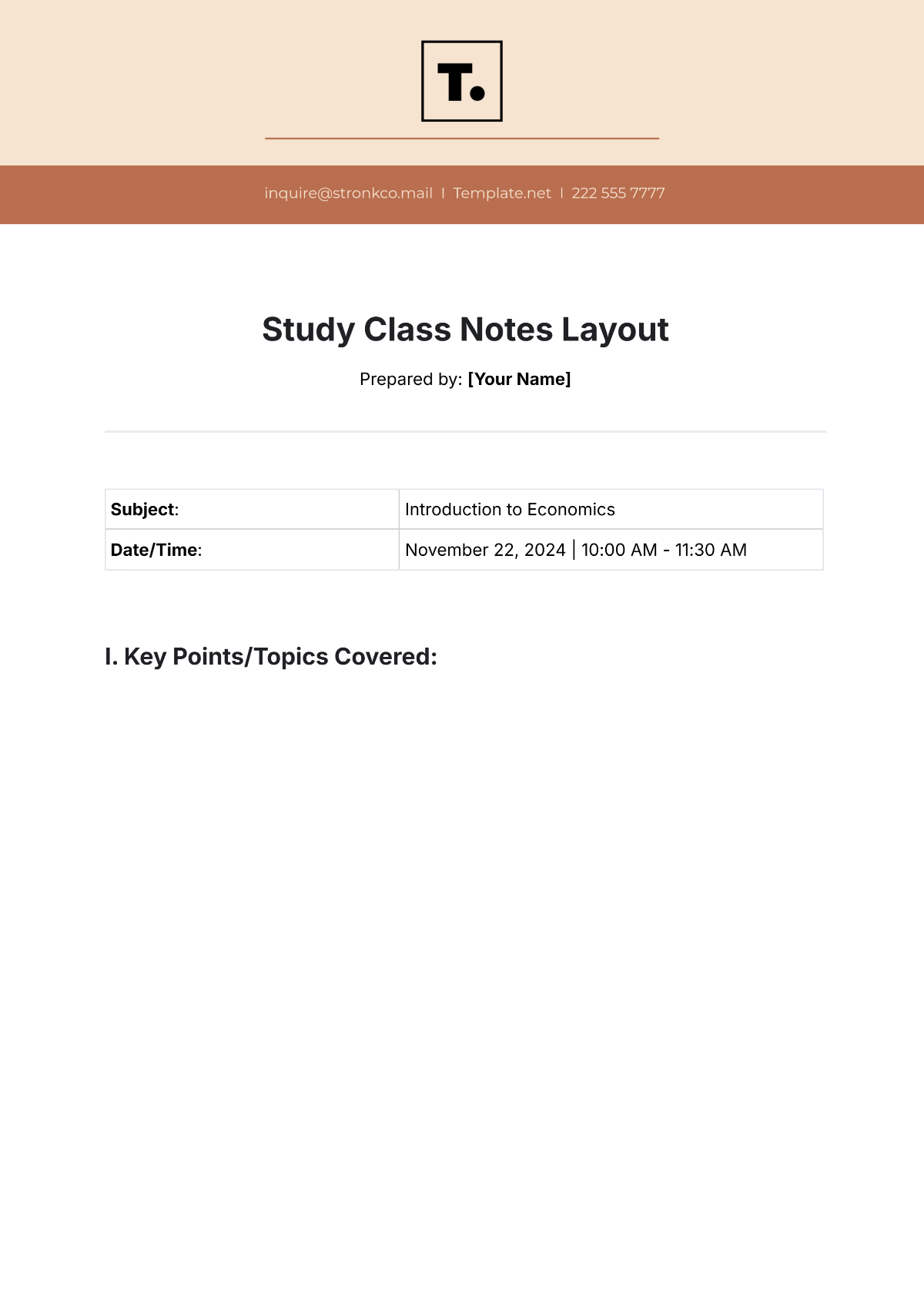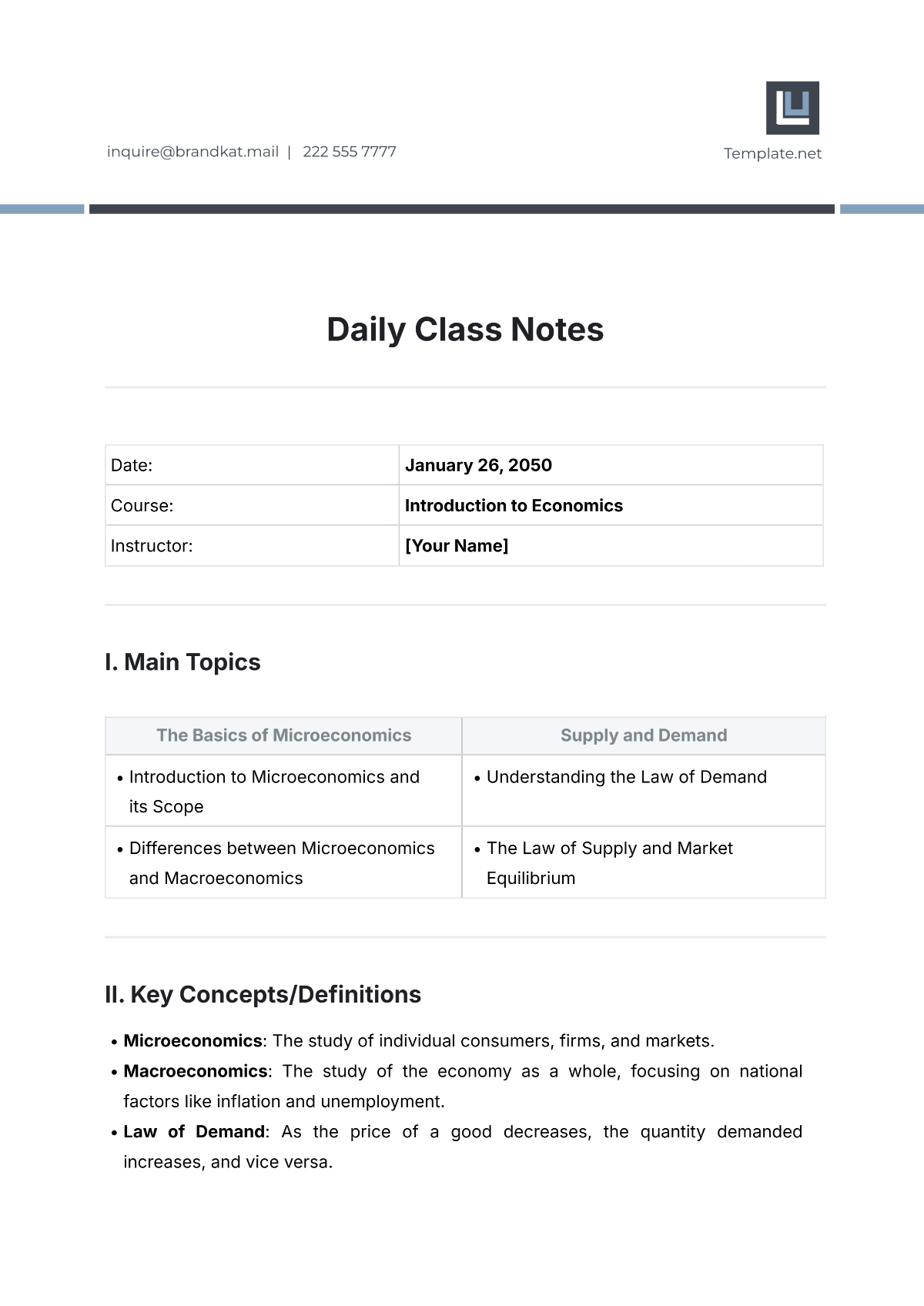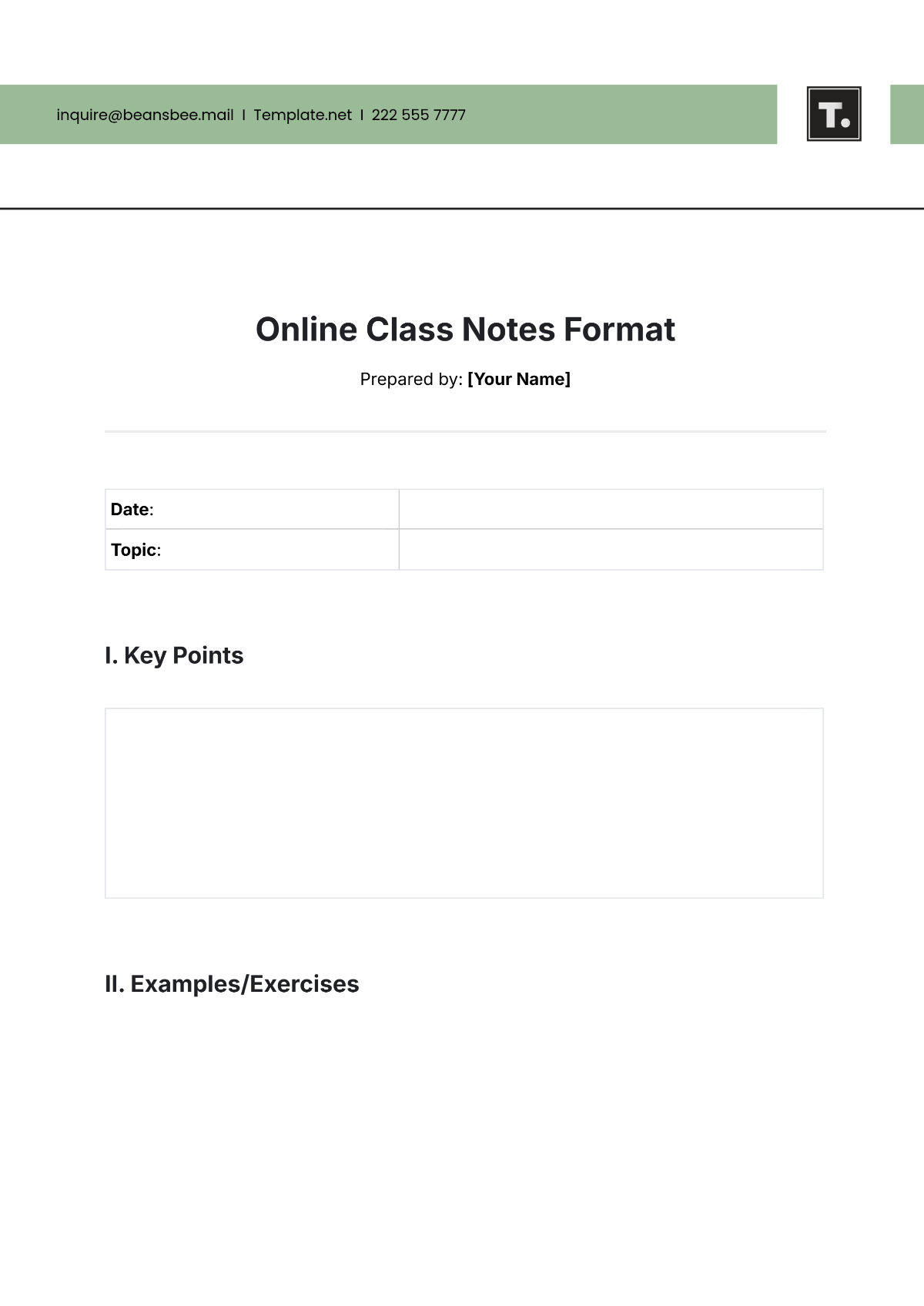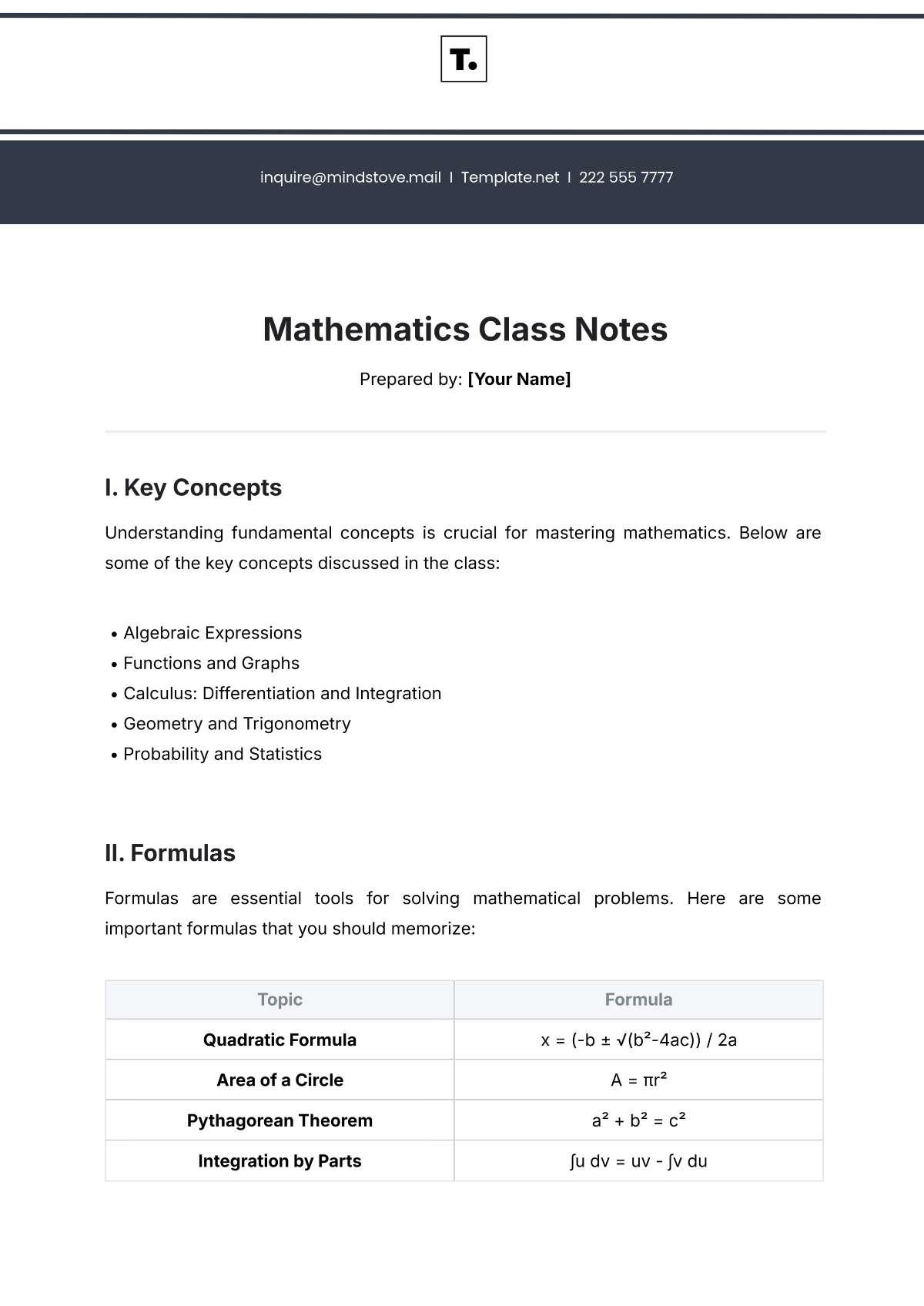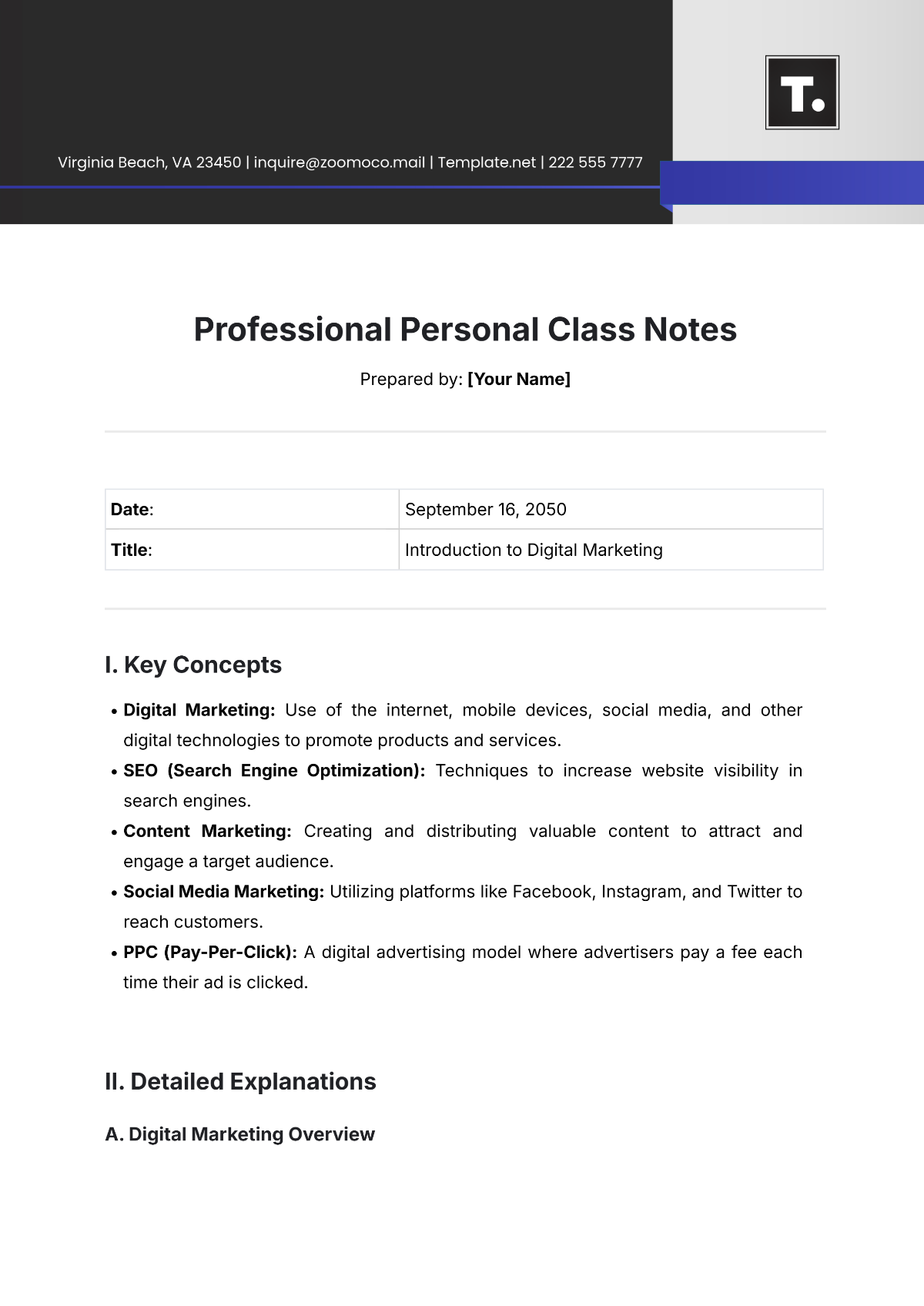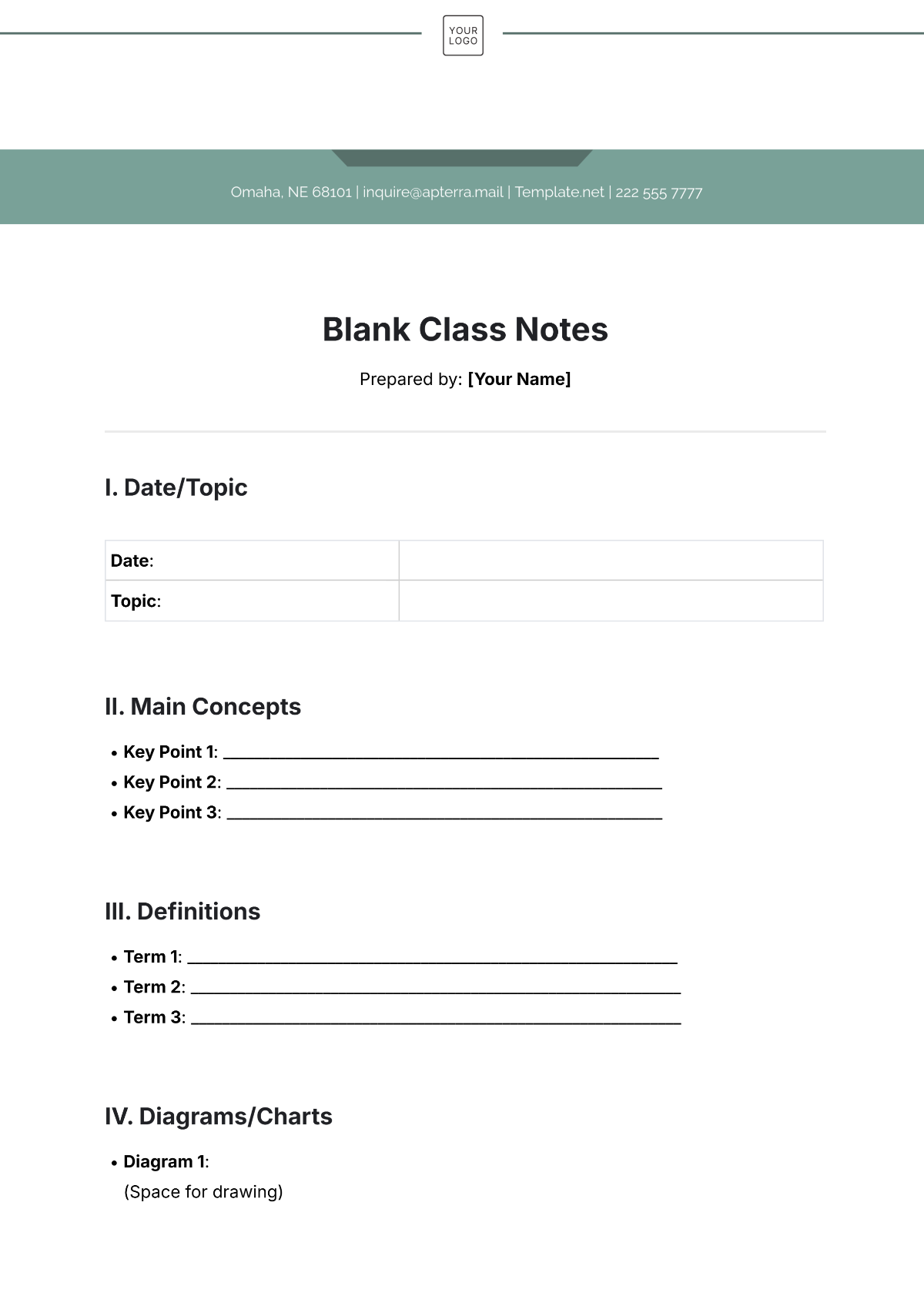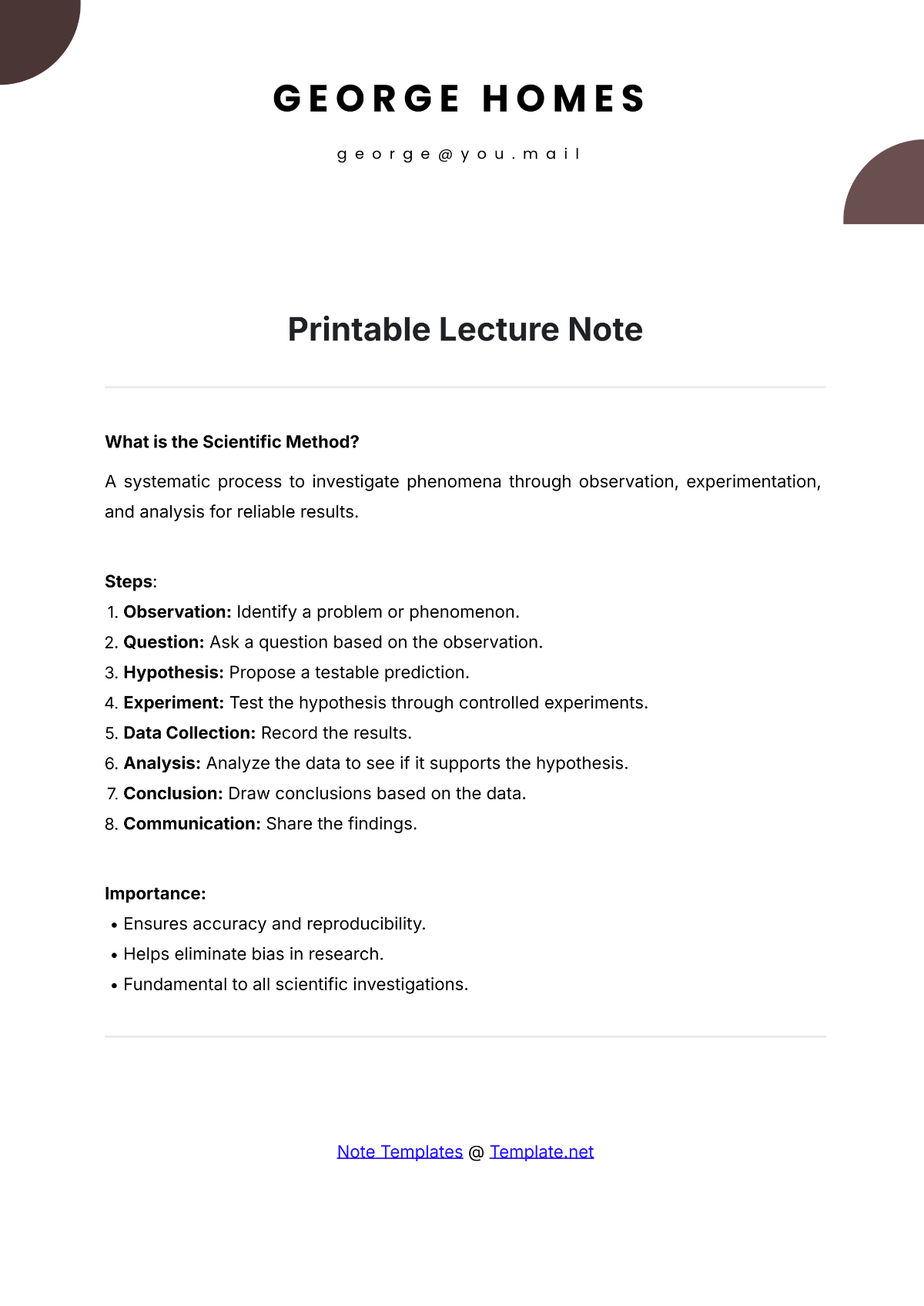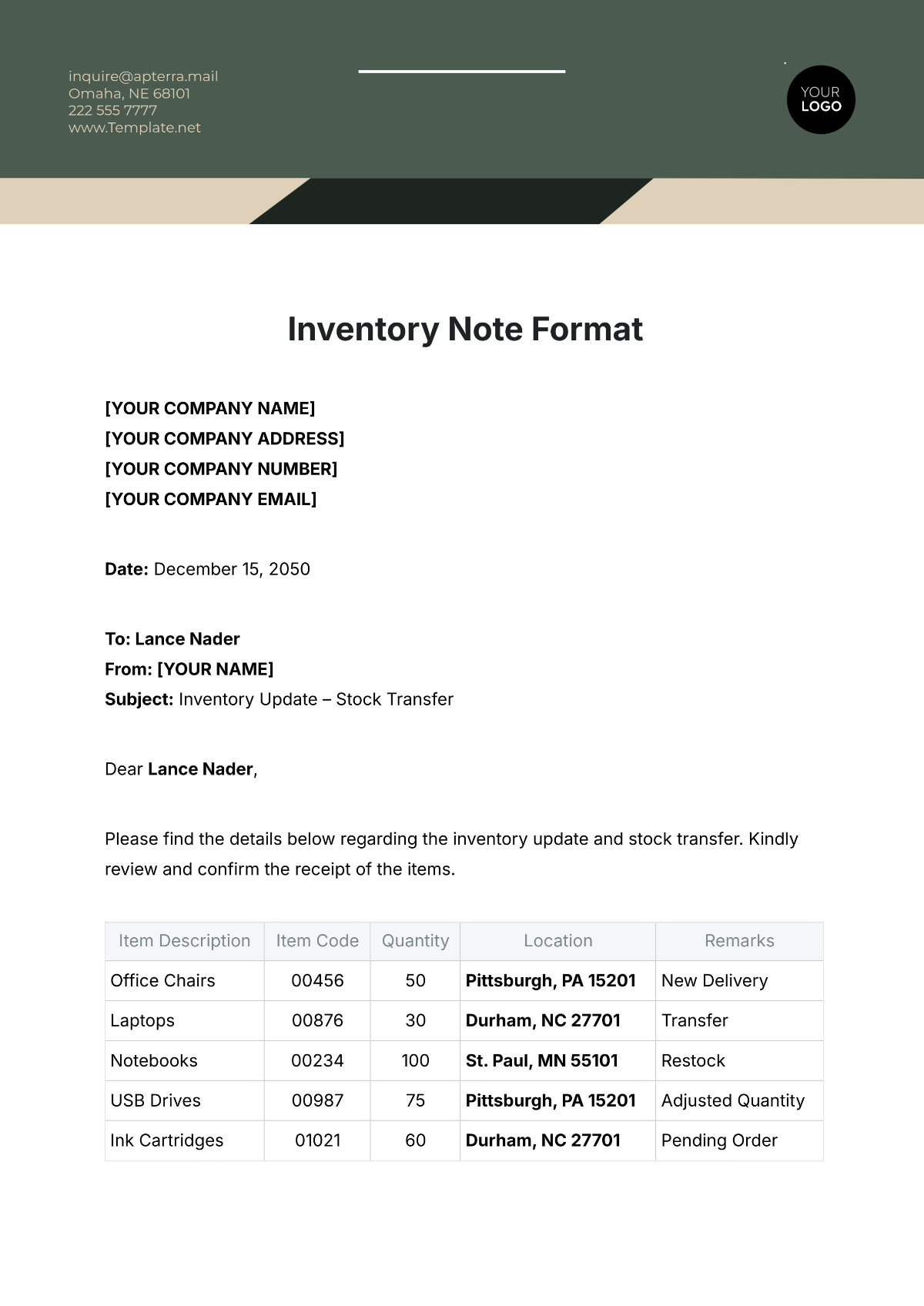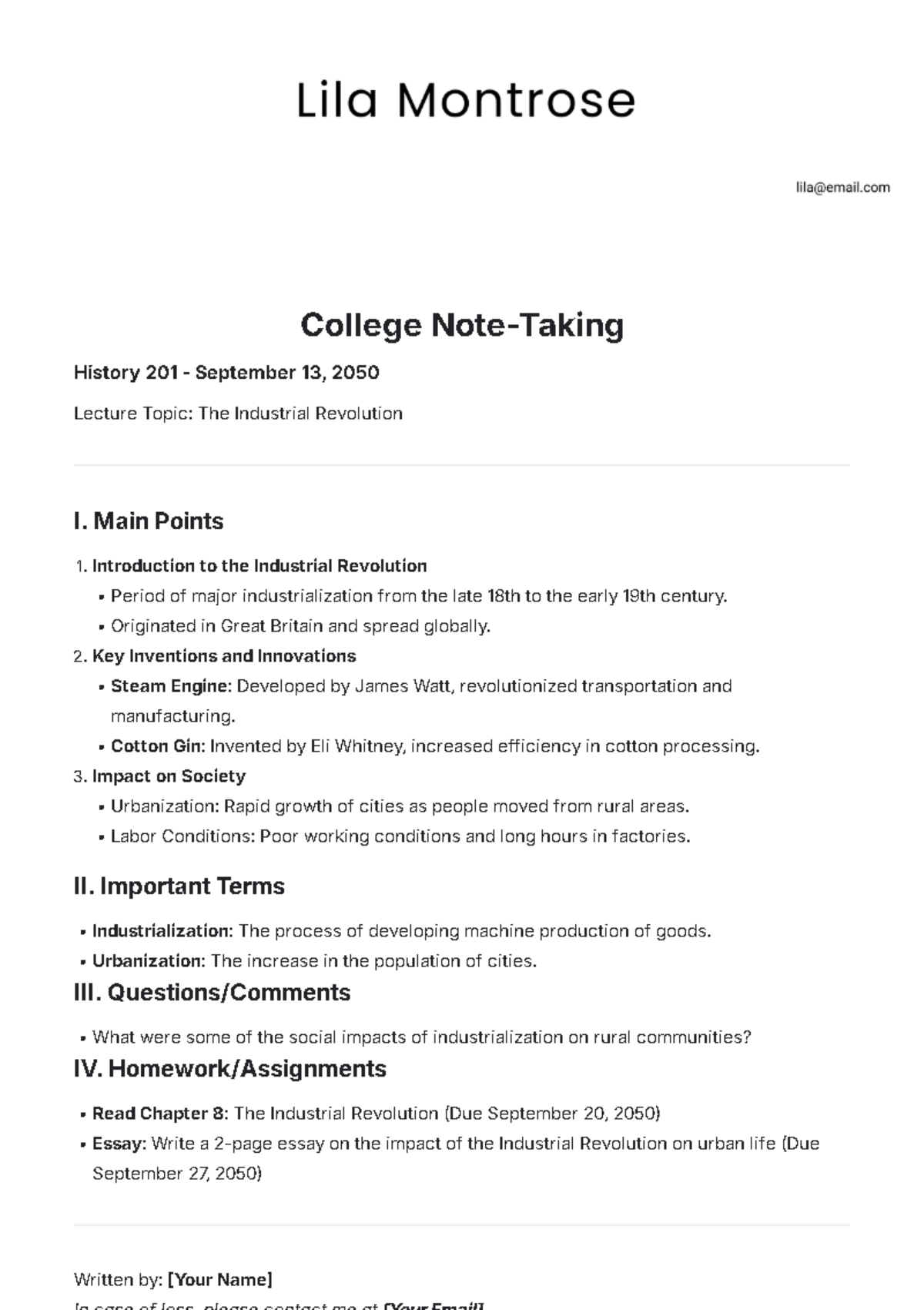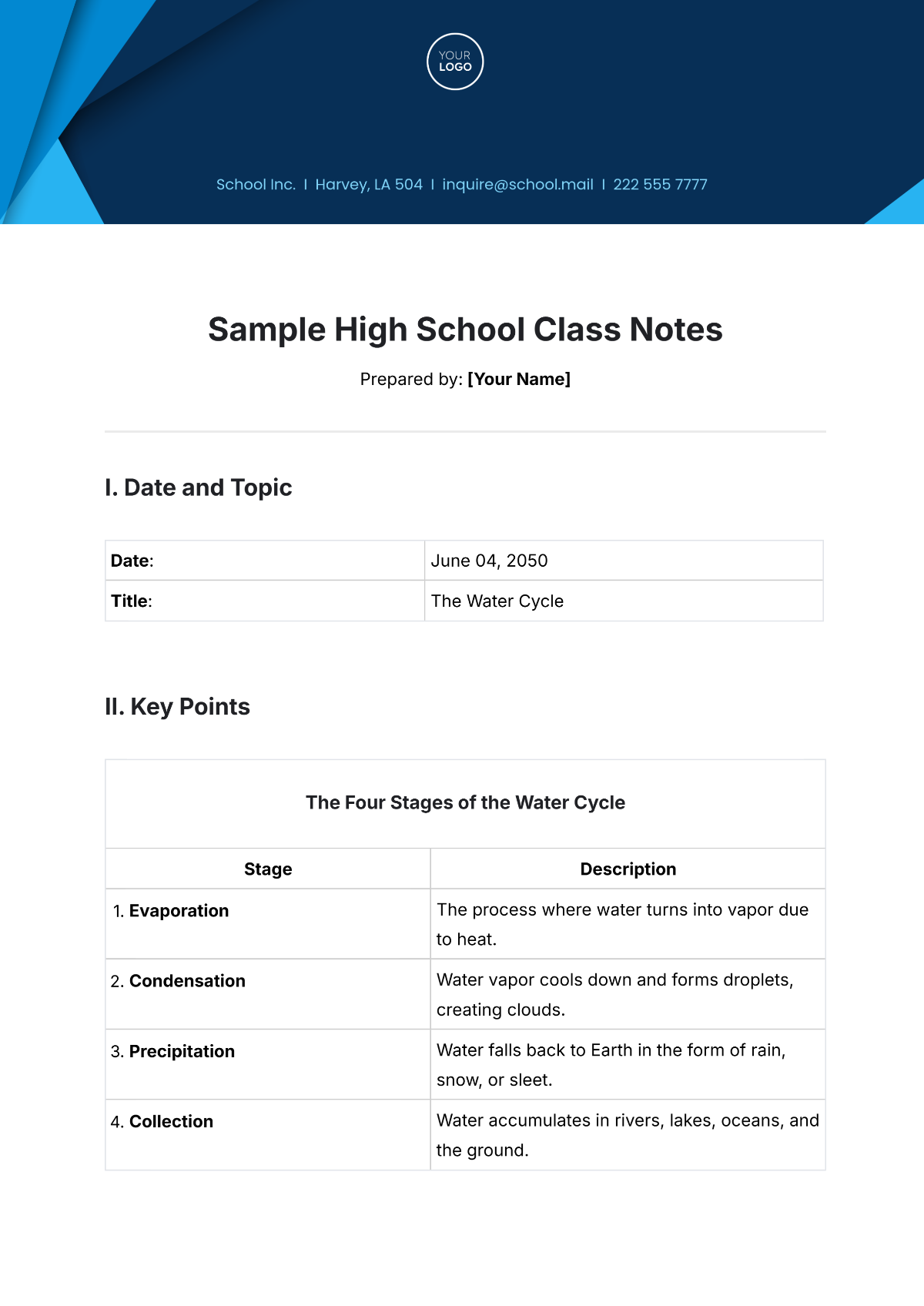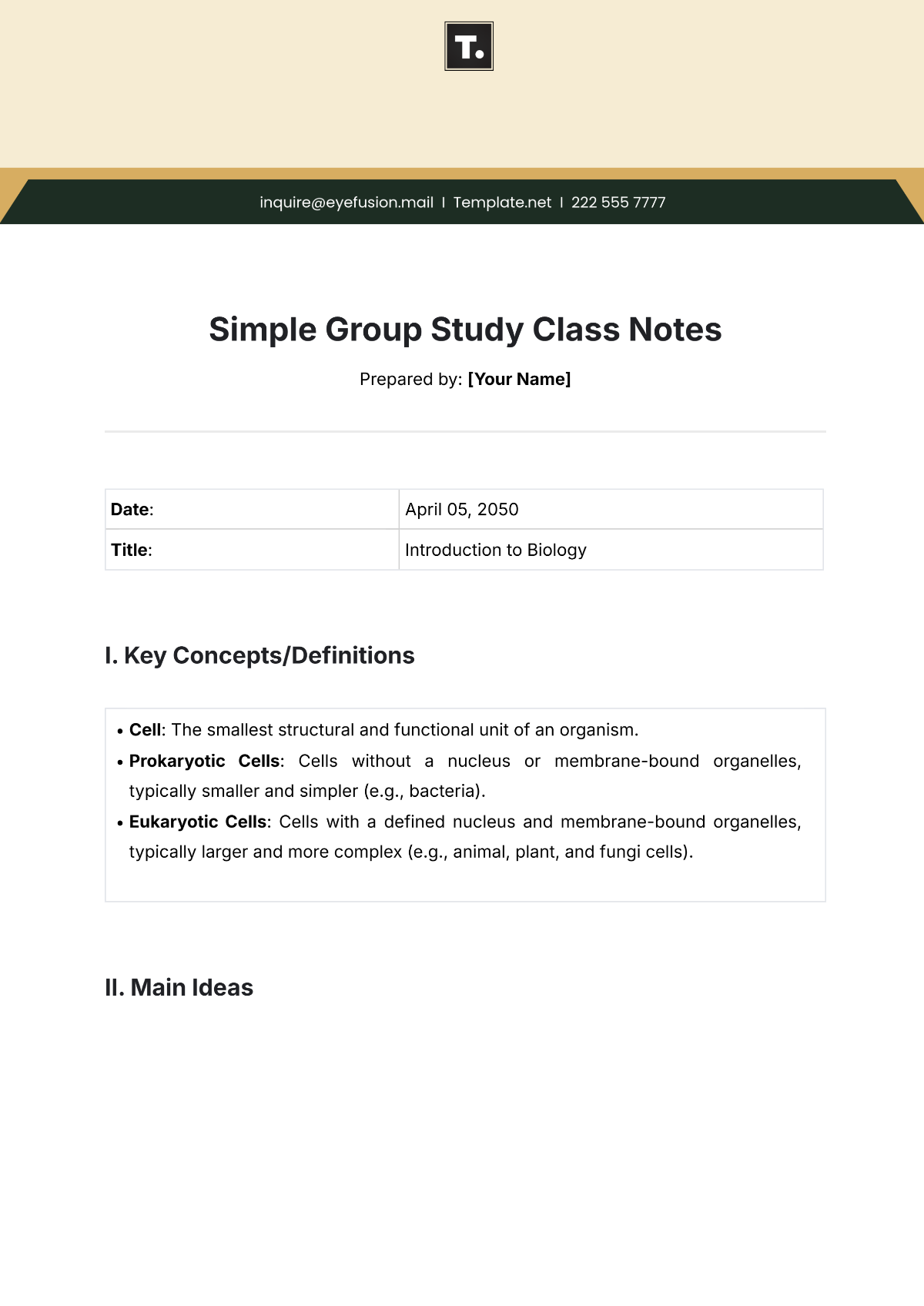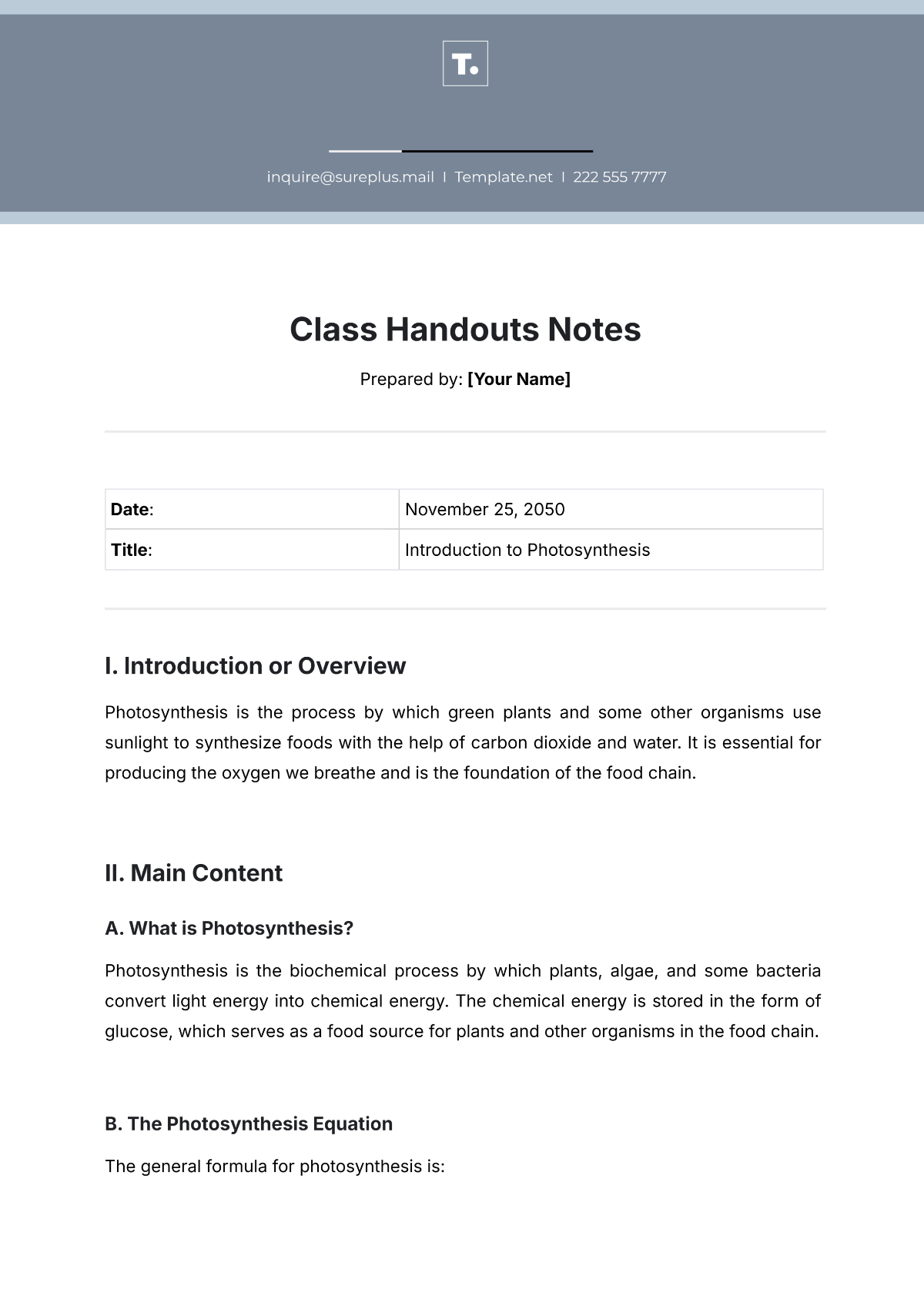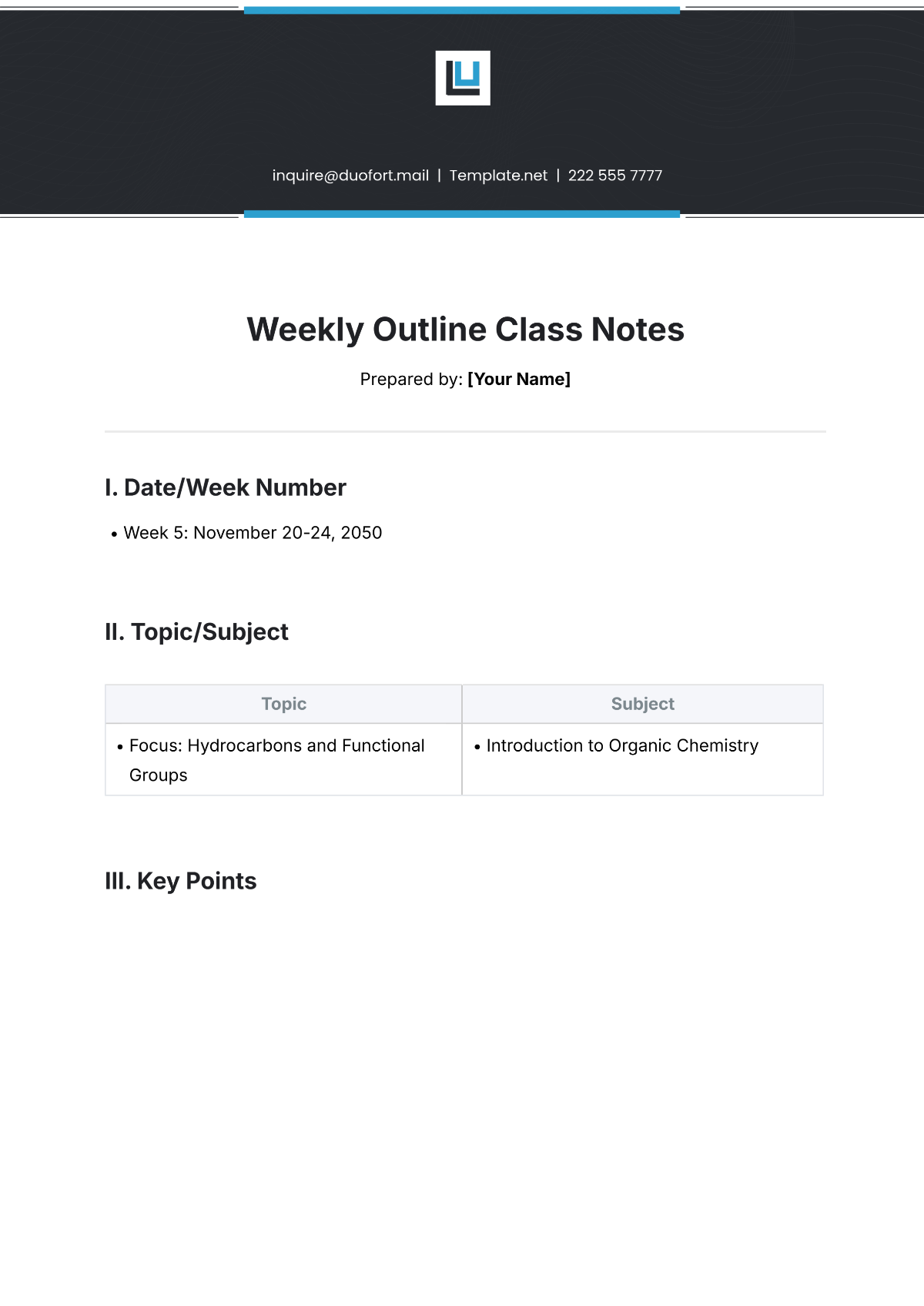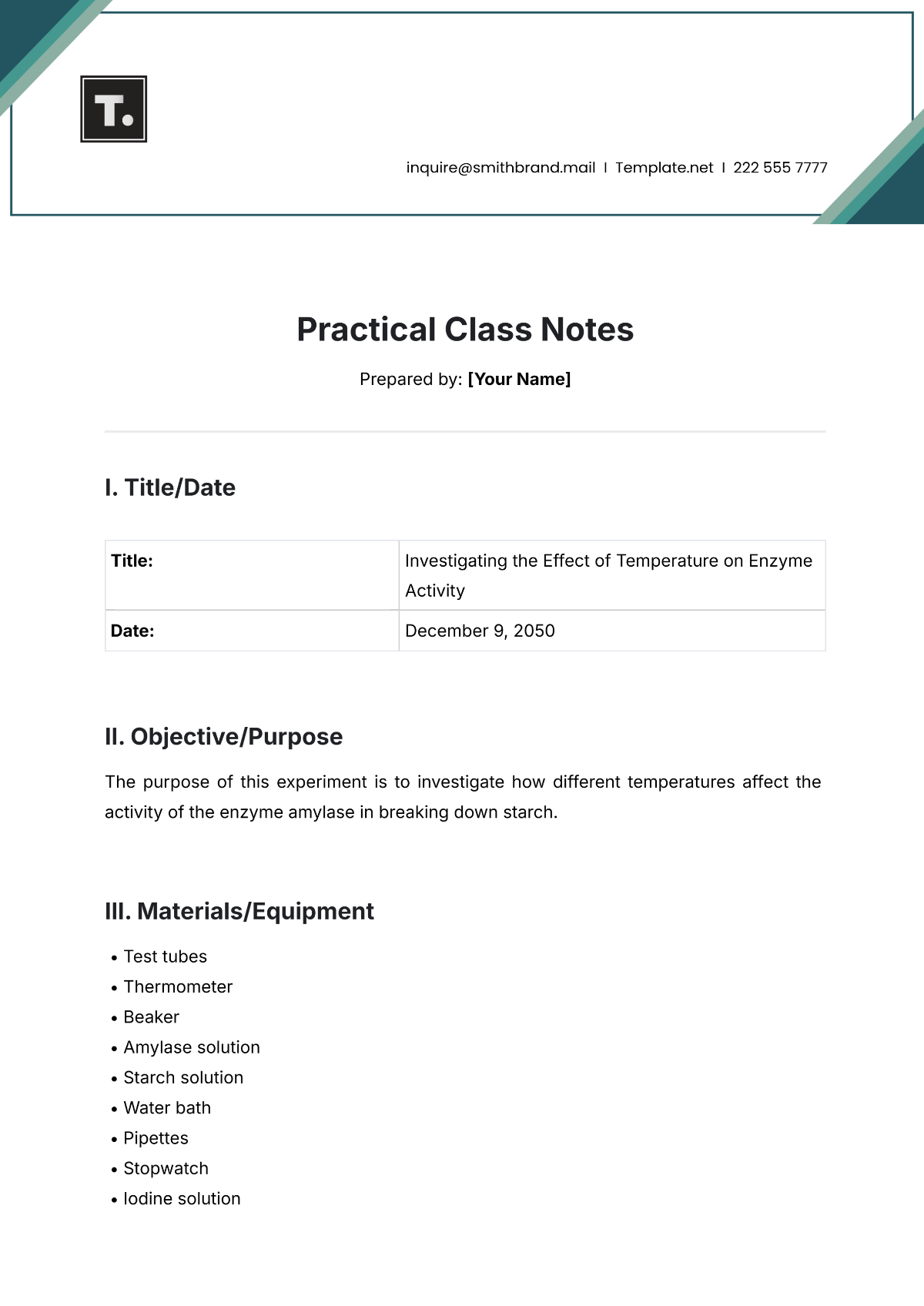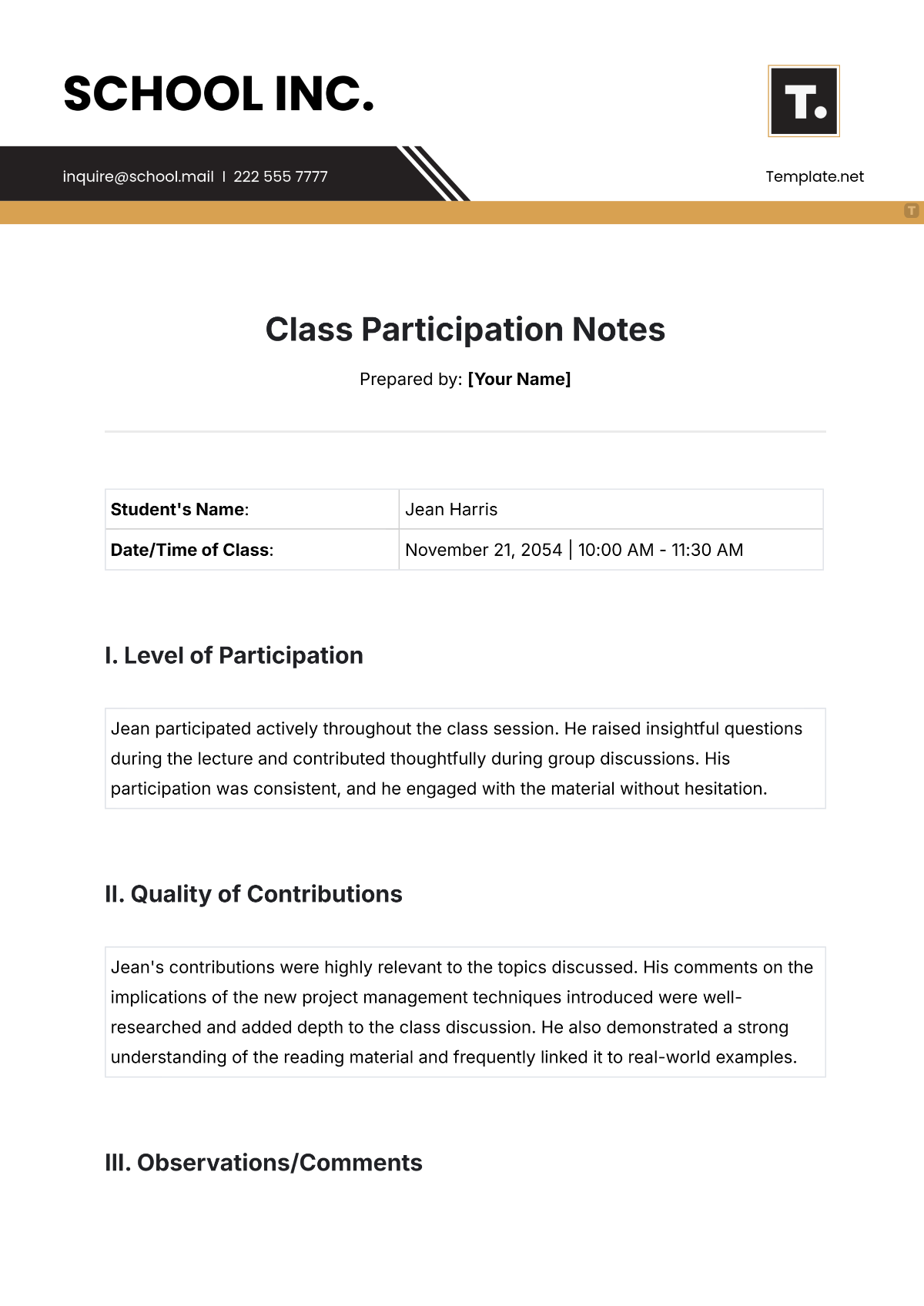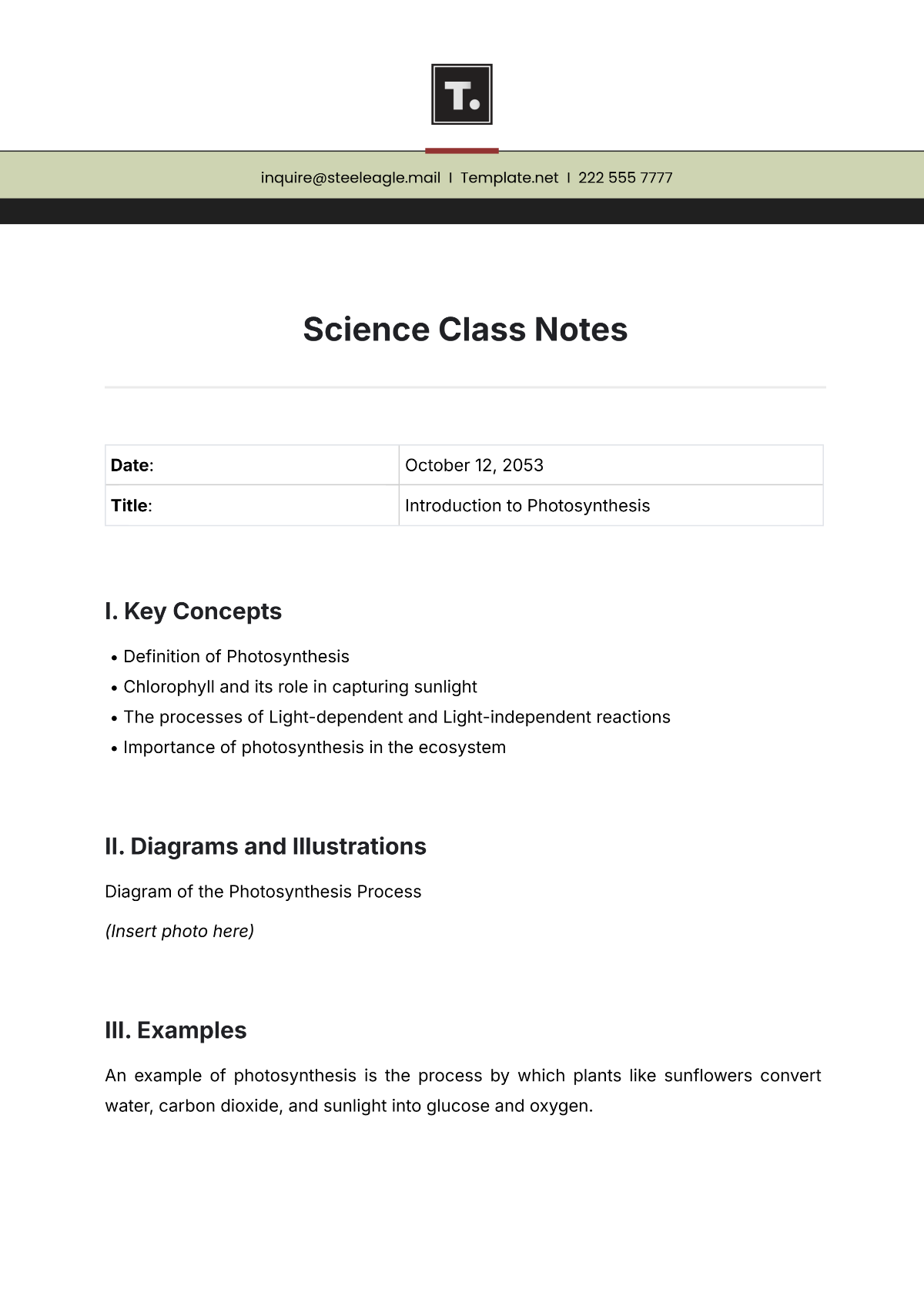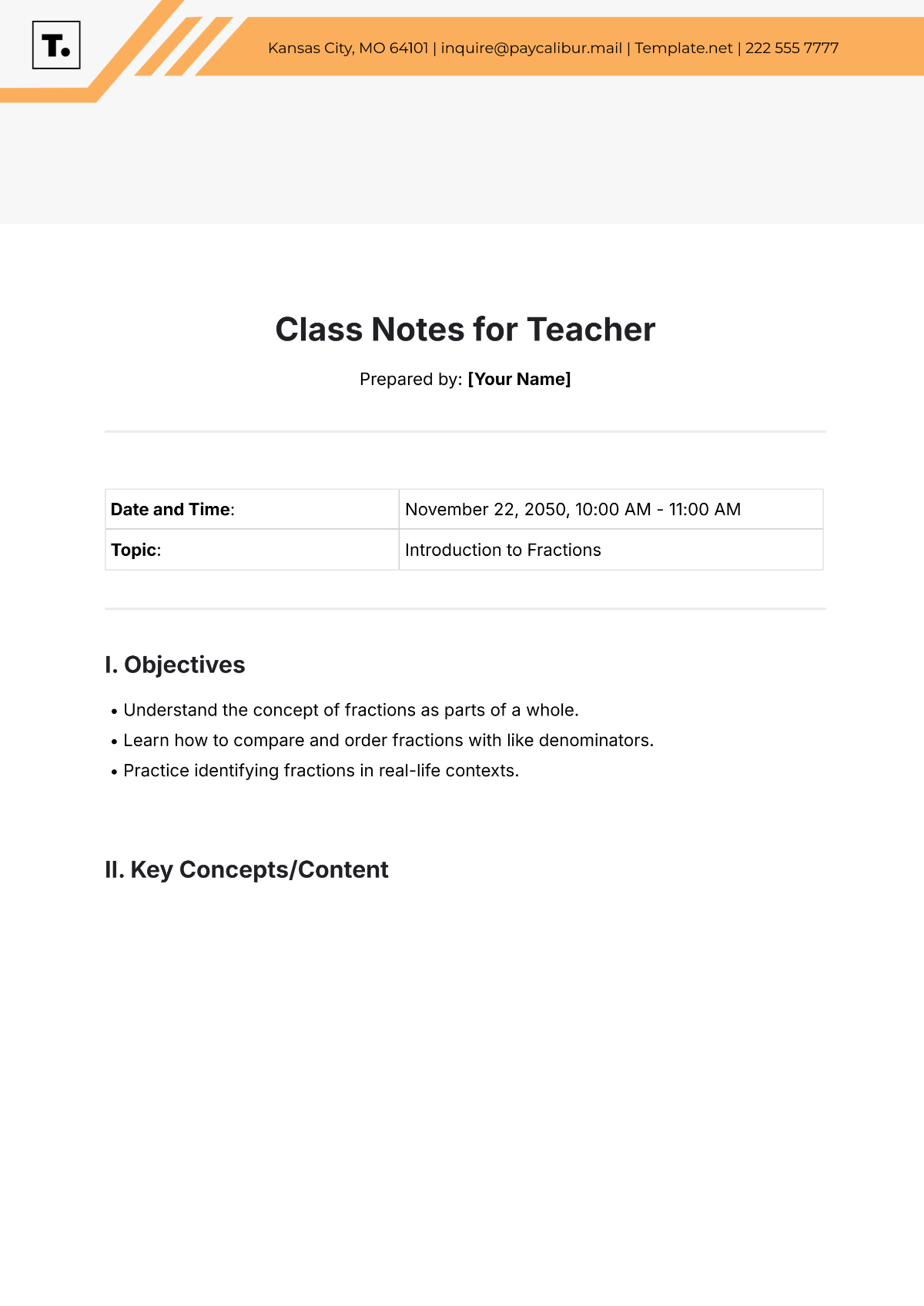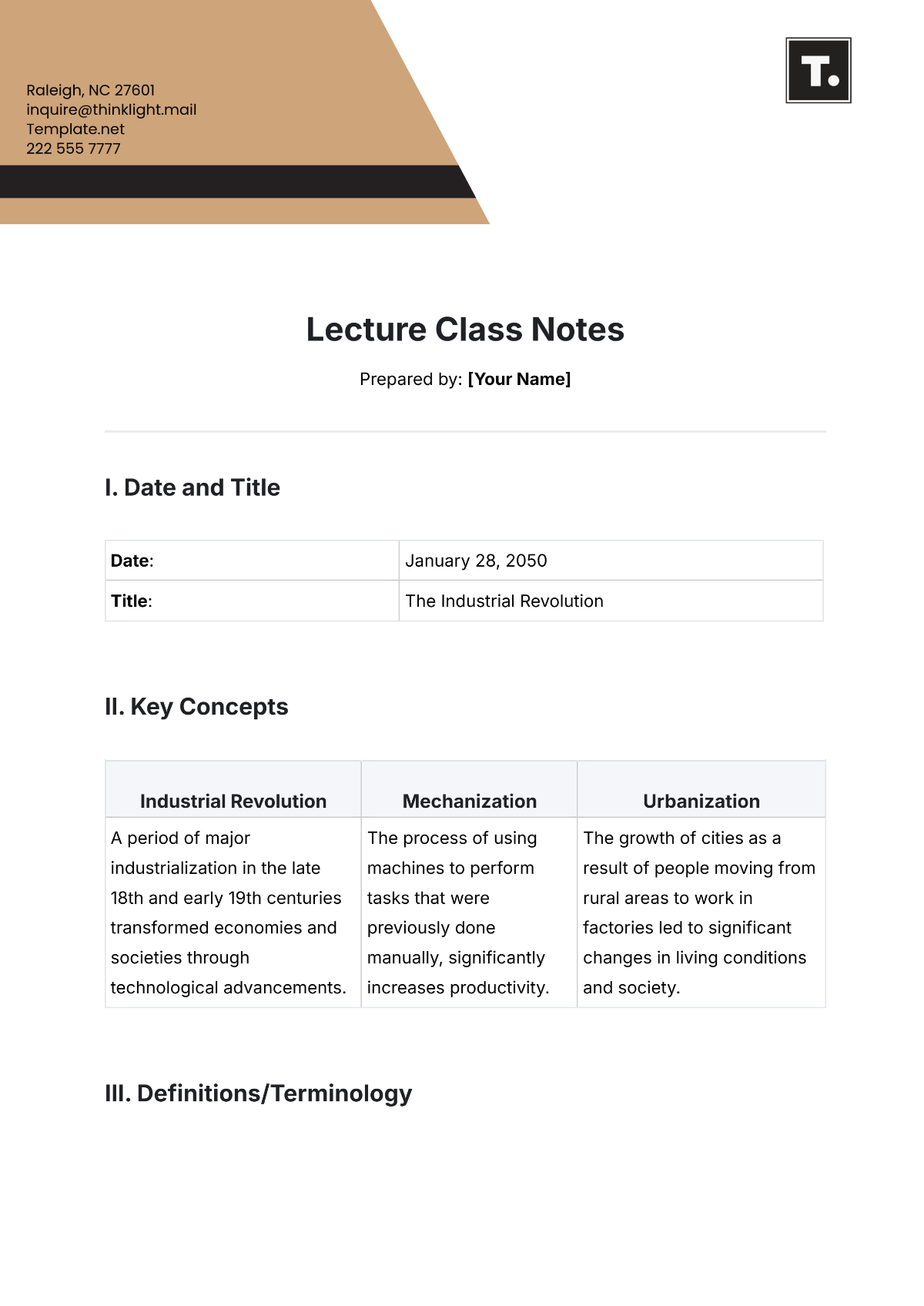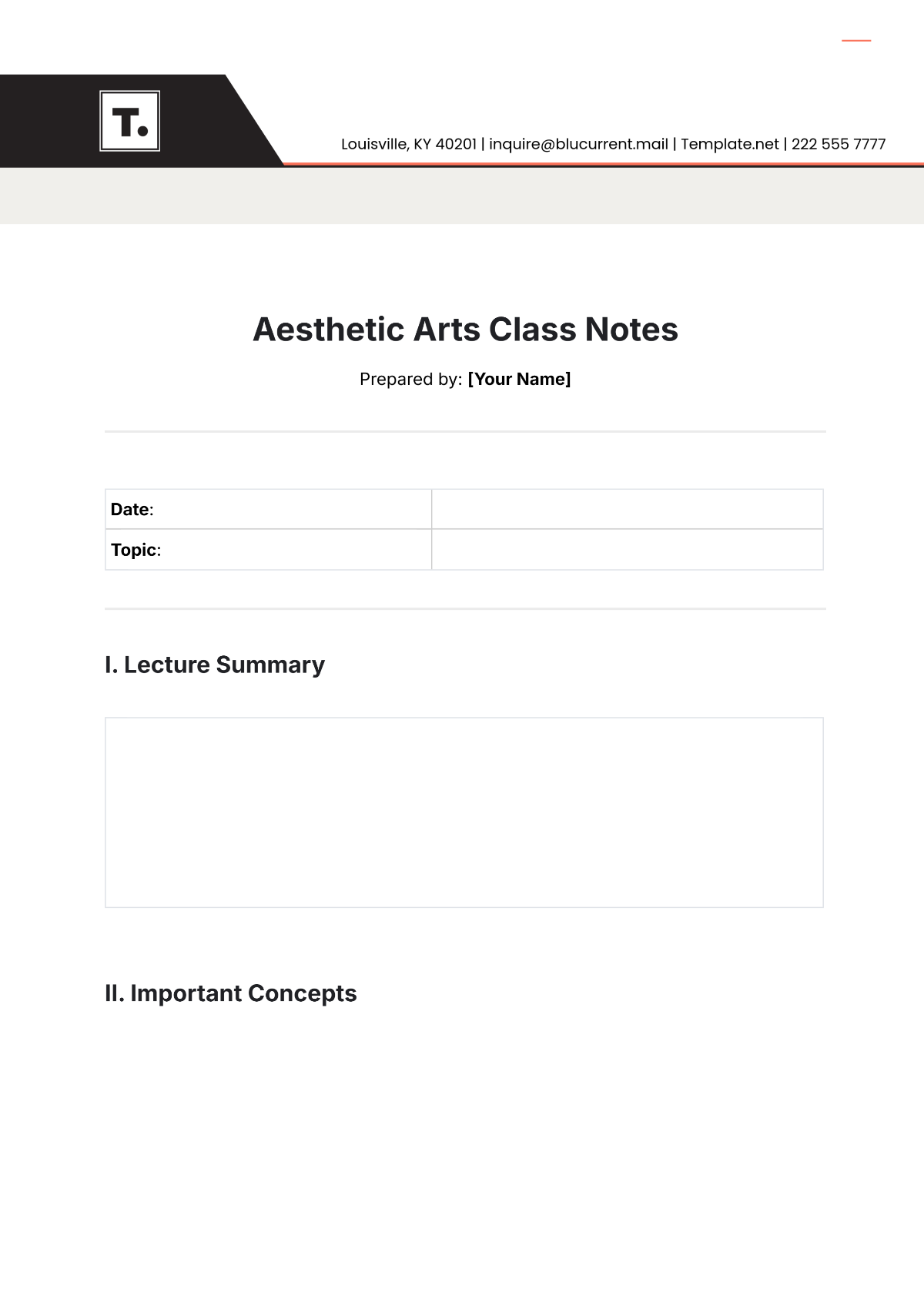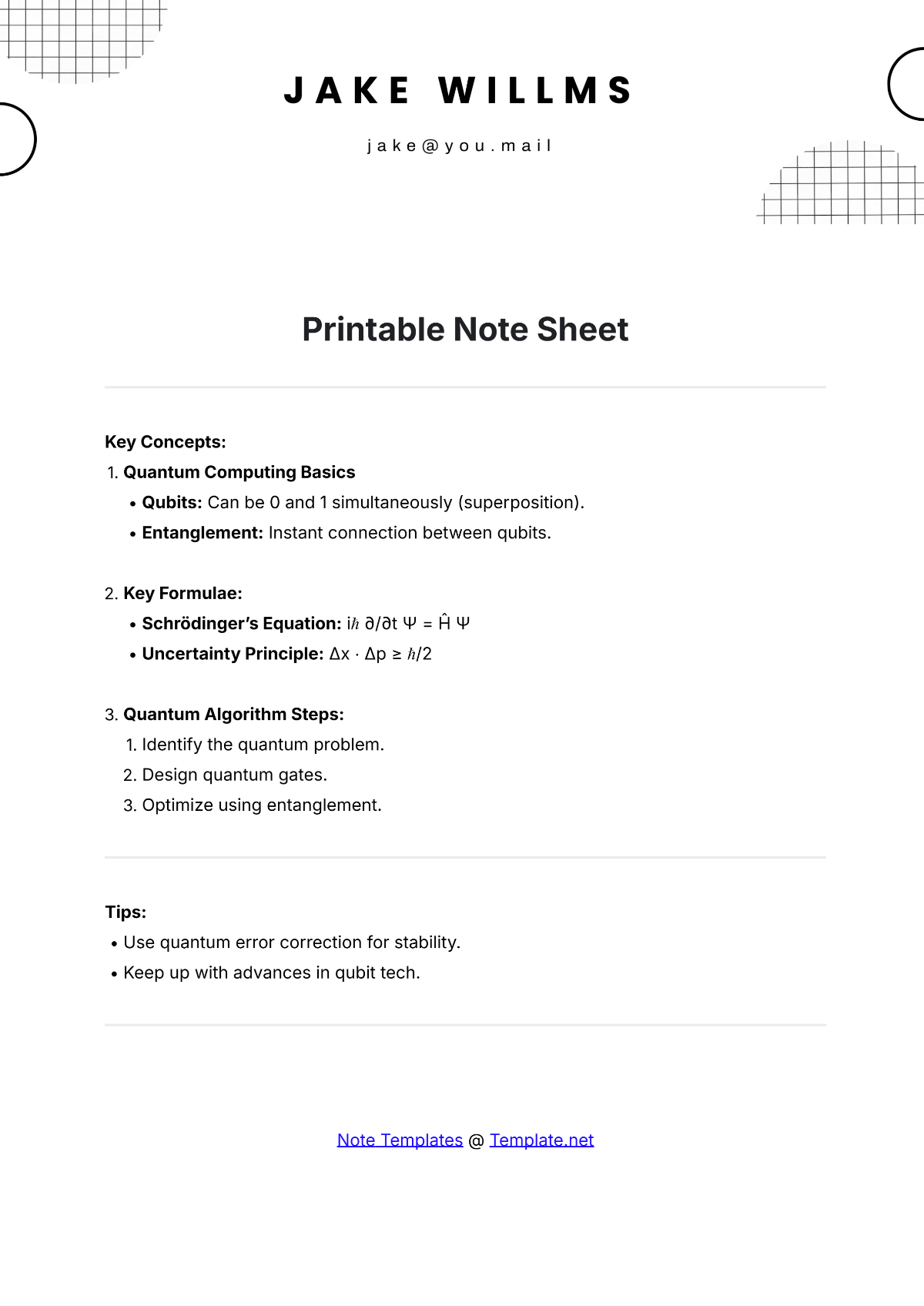Study Note
Student: [YOUR NAME]
Date: August 12, 2064
Subject: Introduction to Economics
Course/Module: ECON 101
Instructor: Dr. Emily Johnson
Key Concepts:
Supply and Demand: The relationship between the quantity of a commodity that producers are willing to sell and the quantity that consumers are willing to buy. For example, if the price of a good rises, the quantity supplied increases while the quantity demanded decreases, leading to a new equilibrium price.
Elasticity: A measure of how much the quantity demanded or supplied of a good responds to changes in price. It helps in understanding consumer behavior and pricing strategies.
Important Details:
Market Equilibrium: In a perfectly competitive market, the price adjusts to ensure that the quantity supplied equals the quantity demanded. At this point, there is no surplus or shortage of goods.
Types of Elasticity: Elasticity can be categorized into price elasticity of demand (PED), income elasticity, and cross elasticity. PED measures the responsiveness of quantity demanded to price changes, while income elasticity measures responsiveness to income changes.
Key Formulas/Equations:
Price Elasticity of Demand (PED): PED = (% Change in Quantity Demanded) / (% Change in Price). This formula calculates how sensitive the quantity demanded of a good is to a change in its price.
Supply Function: Qs = a + bP, where Qs is the quantity supplied, P is the price, and a and b are constants that reflect the intercept and slope of the supply curve respectively.
Key Examples:
Example 1: If the price of coffee increases by 10% and the quantity demanded decreases by 5%, the price elasticity of demand is -0.5. This indicates that coffee is relatively inelastic, as the quantity demanded does not decrease proportionally with price increases.
Example 2: If a 1% increase in income leads to a 1.5% increase in the quantity demanded for luxury goods, the income elasticity of demand is 1.5. This shows that luxury goods are income-elastic, meaning demand increases more than proportionally with income.
Summary:
Understanding the principles of supply and demand and elasticity is crucial for analyzing market behavior and making informed economic decisions. These concepts help explain how prices and quantities adjust in response to various factors, enabling businesses and policymakers to predict and manage market changes effectively.

